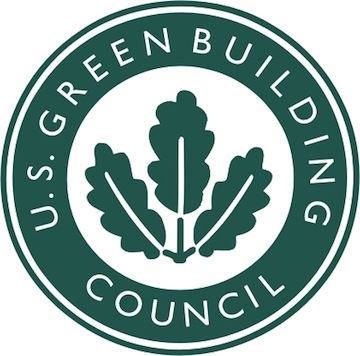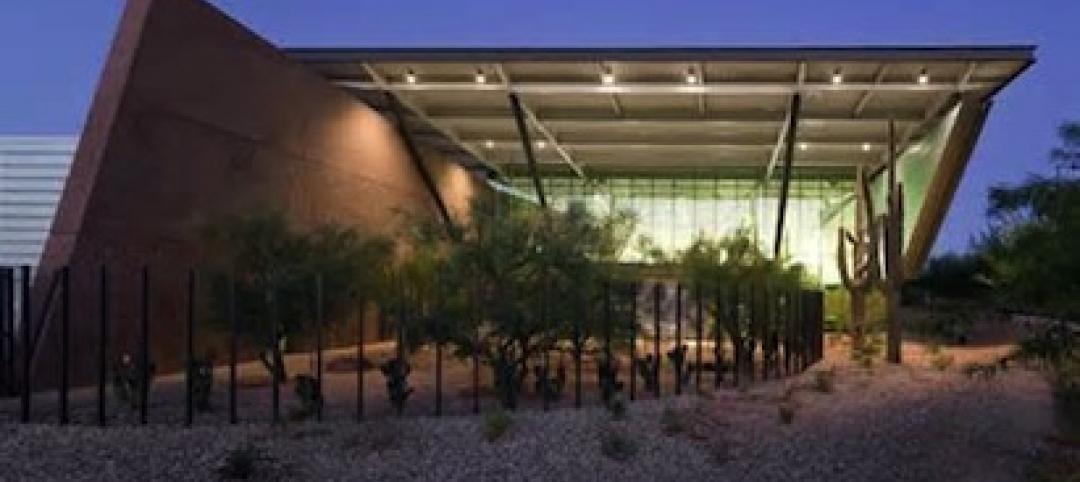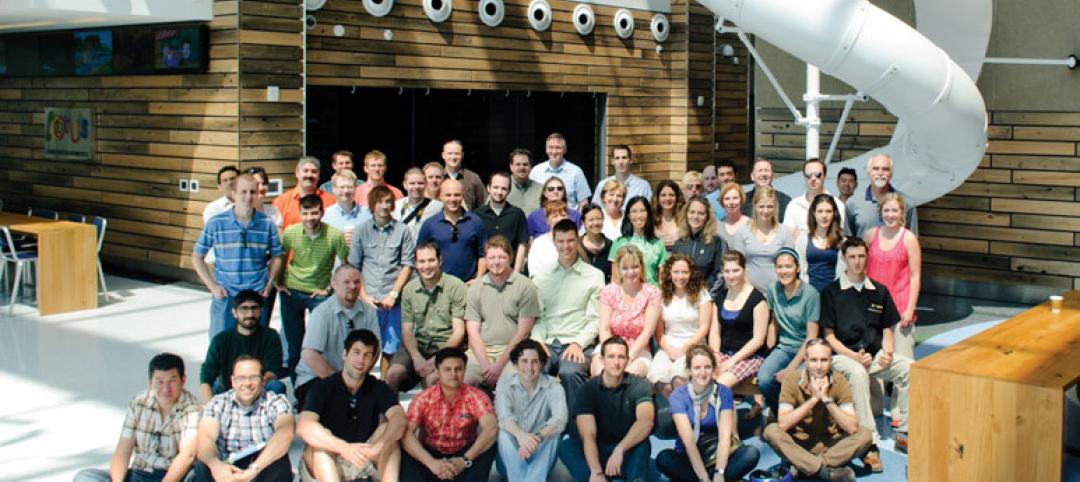The U.S. Green Building Council (USGBC) joined with six major organizations at the UN Conference on Sustainable Development (Rio+20) to announce the Global Initiative on Urban Resilience (GIUR), an effort designed to spur building and infrastructure development, create new investment opportunities, and foster community action around the world. Partner organizations include the C40 Cities Climate Leadership Group; ICLEI International; the World Bank; the Eye on Earth Summit; the Johns Hopkins University School of Advanced International Studies Program on Energy, Resources, and the Environment; and the Earth Council Alliance of Rio de Janeiro.
“Resilience cuts across all issues and sectors, and provides a new and vital dimension to the cause of sustainable development,” said Jason Hartke, Ph.D., vice president of national policy at USGBC. “This initiative will mobilize a new brand of leadership — leadership that advances solutions today while preparing us for the challenges of tomorrow.”
The GIUR aims to create solutions by focusing on urban geographies, identifying the synergies between city governments, nongovernmental organizations, financial institutions, and different business sectors. The report of the UN Secretary-General's High-Level Panel on Global Sustainability, “Resilient People —Resilient Planet: A Future Worth Choosing,” outlines a compelling vision, including 56 specific recommendations as well as a call to action.
“Mayors know the supposed choice between saving money and spending it on climate action is a false one. Mayors know climate change puts their cities at particularly great risk, but they also know there is economic opportunity for cities in the response to climate change. This initiative represents an opportunity for C40 to identify partnerships and resources that can turn plans for adaptation investment into action,” said Jay Carson, executive director of C40 Cities Climate Leadership Group, in partnership with the Clinton Climate Initiative.
The GIUR will focus on eight key areas, but will refine its reach as innovative ideas emerge. These goals of the GIUR are identified as: convene a core group of organizations that will coordinate stakeholders to provide global reach and dimension to the initiative; encourage a resiliency dimension to the green building movement; take a whole-of-urban government approach; develop new incentives for budget action on resilience by local governments around the world; build awareness of resilience as an indispensable precondition to sustainable development; develop harmonized metrics for success to better achieve milestones and outcomes; integrate geographic information systems and geospatial infrastructure into planning and budget decisions; and integrate systems for natural capital accounting, avoiding losses and reducing costs associated with shocks and disasters.
Konrad Otto-Zimmermann, secretary-general of ICLEI Local Governments for Sustainability, representing an association of more than 1220 local government members, observed that, “urban resilience must apply not only to climate change, but to all other shocks and stresses that affect community systems.”
“Building resilient communities worldwide requires innovation and new partnerships, bringing big money to portfolios of green economy projects," noted Dr. David Jhirad, director of the Energy, Resources, and Environment Program at the Johns Hopkins University School of Advanced International Studies and HRH Prince Sultan bin Abdul Aziz Professor in Energy and Environmental Policy.
Said Rachel Kyte, vice president for sustainable development at the World Bank: “We have to change the way we think about infrastructure, agriculture, transportation, water, energy, how communities become resilient and what kind of information we share. We have to help people make infrastructure decisions that will prove resilient far into the future.”
Related Stories
| Sep 19, 2013
What we can learn from the world’s greenest buildings
Renowned green building author, Jerry Yudelson, offers five valuable lessons for designers, contractors, and building owners, based on a study of 55 high-performance projects from around the world.
| Aug 2, 2013
Design of world’s tallest wood skyscraper would be more sustainable than steel alternative
Architecture firm C. F. Møller has proposed building the tallest wooden building in the world in Stockholm, Sweden.
| Jul 26, 2013
LEED V4 includes controversial cradle-to-cradle materials provision
Cradle to Cradle certification, a strict assessment of the environmental qualities of materials used in green buildings, is a controversial provision in LEED V4.
| Jul 1, 2013
Firestone Building Products Company LLC Announces Sustainability Report
Firestone Building Products Company, LLC, the leading manufacturer of superior “Roots to Rooftops” products for commercial building performance solutions, today announced the release of its 2012 Sustainability Report. The report, the first for Firestone Building Products Company, covers the fiscal 2012 year and is available for download at firestonebpco.com.
| Jun 5, 2013
USGBC: Free LEED certification for projects in new markets
In an effort to accelerate sustainable development around the world, the U.S. Green Building Council is offering free LEED certification to the first projects to certify in the 112 countries where LEED has yet to take root.
| May 17, 2013
LEED v4 has provision to reduce water use in cooling towers
The next version of the U.S. Green Building Council's LEED rating system will expand water-savings targets to appliances, cooling towers, commercial kitchen equipment, and other areas.
| May 14, 2013
Paints and coatings: The latest trends in sustainability
When it comes to durability, a 50-year building design ideally should include 50-year coatings. Many building products consume substantial amounts of energy, water, and petrochemicals during manufacture, but they can make up for it in the operations phase. The same should be expected from architectural coatings.
| May 3, 2013
5 common failures in paints and coatings
As experienced designers, contractors, and owners know, most paint and coating problems are correctable, but some are especially stubborn to address. Here is a partial compendium of typical failure modes and methods for addressing the problem.
| Mar 21, 2013
Best Firms to Work For: Enermodal Engineering is green to the core
At Enermodal Engineering, there’s only one kind of building—a sustainable one.

















